
Miners spend on electricity consumption more than on anything else. The more devices involved, the more electricity is required for the farm. The original solution implies the use of renewable energy sources. We will try to find out how real is it and analyze its demand among miners.
In September 2017, the Ministry of Natural Resources and Environment of the Russian Federation took the initiative of using only renewable energy sources for mining cryptocurrency. According to Minister S. Donskoy, this should reduce the mining harmful effects on region’s ecology. As an example, he pointed on Siberian and Far Eastern hydroelectric power plants, working with a surplus of electricity.
From a practical and economic point of view and in contrast to solar and wind types of energy, hydropower generation is indeed environmentally friendly and the most efficient and stable source of electricity. Hydropower energy production occurs continuously, 24/7, regardless of natural factors (sometimes influenced by the river flows). For example, all hydropower plants in Siberia generate capacity of more than 20 GW, that is while being loaded only by 45% of its total potential. And all known cryptocurrencies require no more than 1 GW. Electricity generation at Russian stations is more than 1 billion kWh / year.
In Russia, there are some obstacles with connecting a large mining cluster with hydroelectric power plants. First, there are no such legislative definitions as ”mining” and “cryptocurrency” for this type of activity. Secondly, even though you can connect through substations, it is still required to negotiate with a bunch of local organizations. Thirdly, the contract is concluded with the Unified Energy System, the operator who is obliged to indicate the provision of electricity in accordance with the tariff. At the same time, it is not detailed where the electricity comes from — a surplus hydroelectric station or a local coal-fired power station — and how justified is the use of the feed-in tariff.
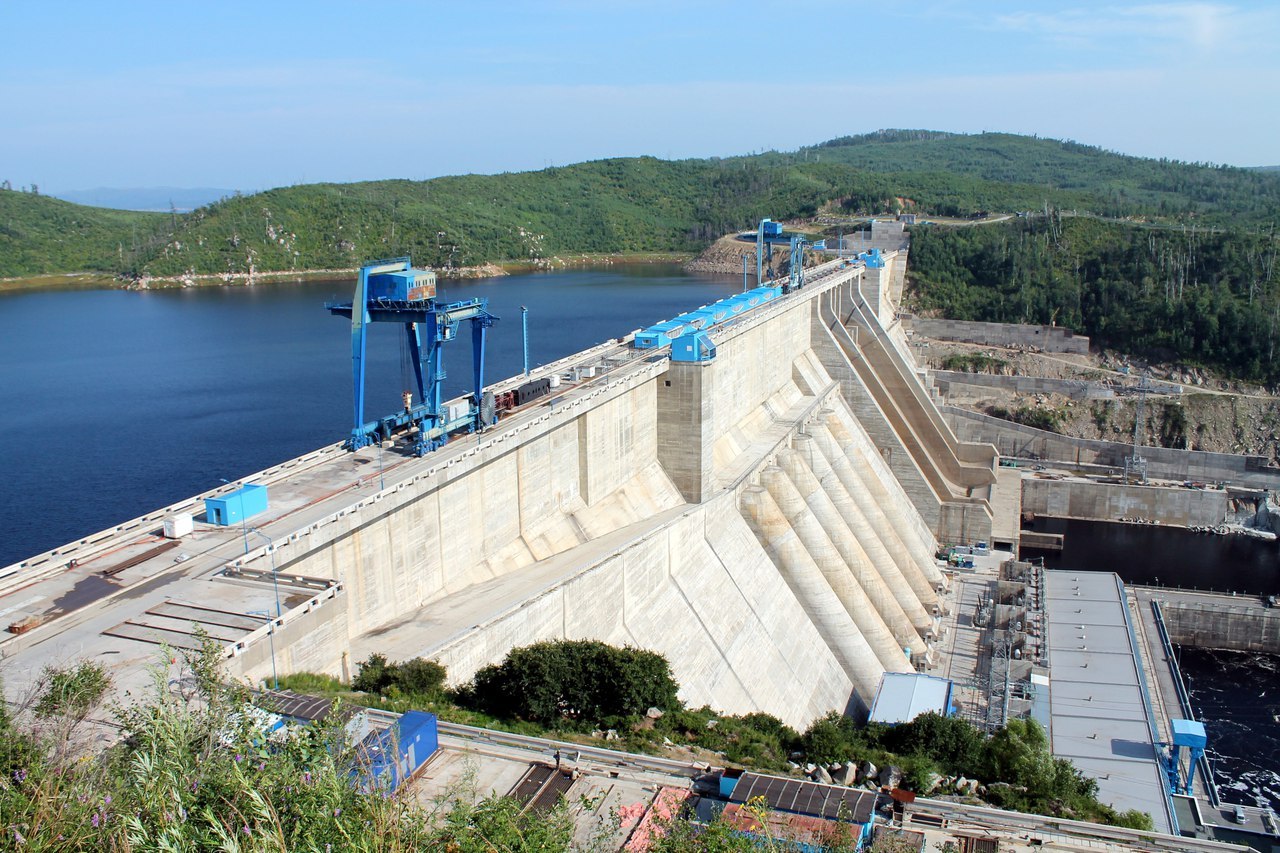
A slightly different connection is made in Austria and Georgia. The “HydroMiner” project settled in the Alps, aimed to place mining containers near the local hydroelectric station. The cost of electricity in the mountains is about 85% lower than in the EU. Currently, two hydropower plants are leased, and first containers are located in unused premises of the station, which saves money on transmission lines and rental of space.
There are about two dozen hydropower stations in Georgia (including those located in South Ossetia and Abkhazia). All of them are not very powerful (from 120 to 400 million kW * h), but active. In some places, electricity rates for miners remain at the level of 1 RUB per 1 kW. The largest BitFury pool is located at one of these hydropower plants. The location was chosen primarily because of the favorable investment climate and low electricity rates.
Recently it became known about miners mass migration to the Chinese province of Sichuan. Although the authorities have a negative attitude towards cryptocurrency, they do support blockchain. Moreover, all largest manufacturers of mining equipment are located in China as well. It is because of the local surplus hydroelectric power stations decided to provide miners with excess electricity at low rates. Otherwise, it would have been disposed and inefficiently wasted anyway.
One of the kinds of mining with hydroelectric power plants implies using the energy of a nuclear power plant. Such projects were mentioned in recognition of the Belarusian NPP commissioning and the completion of LNPP-2 construction. On the basis of the Leningrad NPP, in particular, they were going to build a technological cluster, where they would also be involved in mining cryptocurrency. However, taking into account that NPP areas often require a special access, it is not always possible to place equipment of third parties there. At the same time, the cost of electricity at NPP locations is often higher than in other regions, so miners still need reduced electricity rates.
Direct connection to nuclear power plants is also problematic. It is necessary to use the resources of electric grid companies, which will affect the initial investment in any case.
Perhaps the situation will change after determining miners’ legal status and approving new electricity rates for them.
Sun is the second obvious source of free energy. In some regions of Australia, Africa, the Arabian Peninsula and the USA, annual insolation reaches colossal values. In Russia however, there are enough places to accommodate solar panels. In particular, Novorossiysk, Astrakhan, Volgograd, Omsk, Irkutsk, Khabarovsk, etc. are suitable for year-round use with sunshine duration of more than 2,000 hours per year.
But everything is slightly more complicated than in the case of hydroelectric power plants. Mining equipment is quite voracious. For example, one ASIC S9 consumes 988 kW per month and electricity is required around the clock (HPP provides such an opportunity). It should be noted that using solar energy requires infrastructure: solar panels, inverters, batteries, protective equipment, controllers. A system with a capacity of 5,000 watts of more or less decent equipment will cost about 10 thousand dollars.
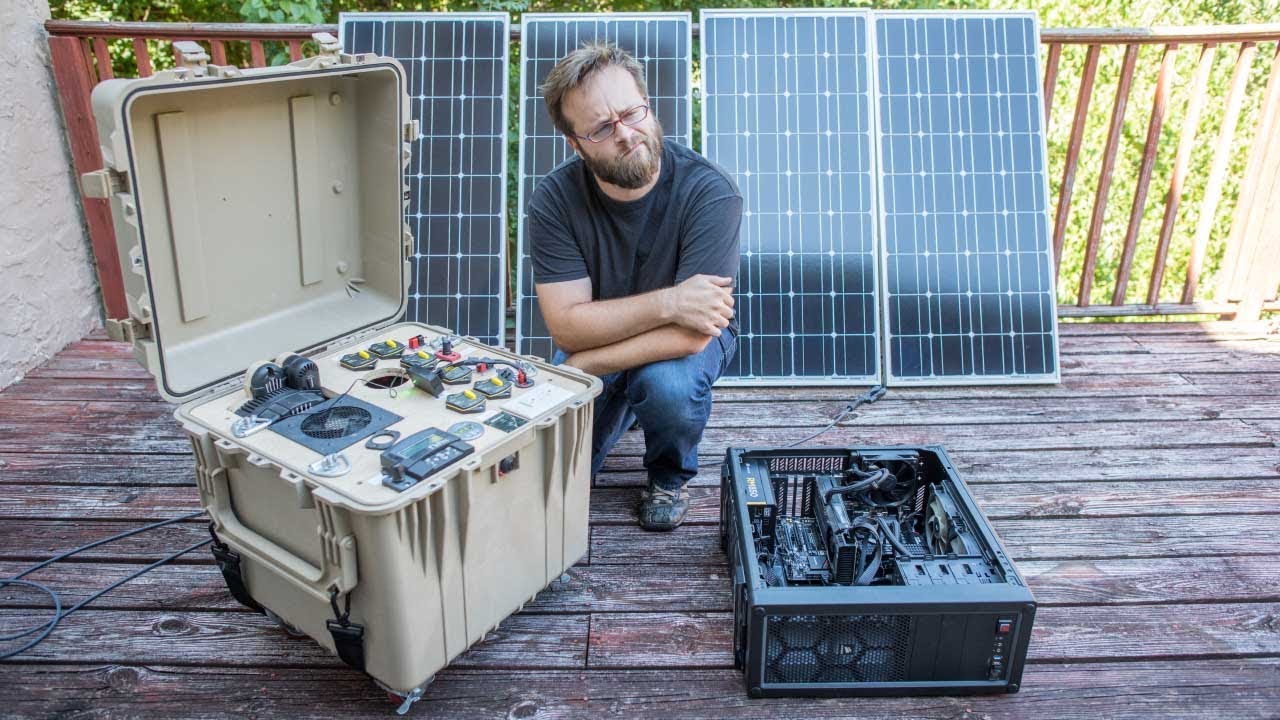
There are several factors which have an impact on the performance of solar panels, such as total area of the panels, the angle of sunlight incidence, day length and efficiency of all elements of the installation. No wonder solar powered crypto mining farms are also called "fields" due to amount of occupied space. The sharper the angle of sunlight incidence, the less power produced by the panels. In cloudy weather, the capacity of the installations is reduced by 15-20 times, and light clouds or haze reduce the efficiency by 2-3 times. The battery “working day” lasts about 7-8 hours. While summer daytime lasts longer, morning and evening hours count as only 20-30% of the total output and 70% of energy is produced from 9 am to 4 pm. The efficiency of installations during this time is also low and does not exceed 20%.
With averaged values, a 5 kW system described above will produce about 1,050 kW monthly during summer. This is barely enough for 30 days of one ASIC smooth operation. We considered the ideal conditions of absolute summer, which imply monitoring of the sun and absence of murky days. When changing seasons, you need to have at least 30% power reserve. Also, the stability of electricity supply will depend on the quality of the equipment, the number of batteries (it is necessary that they accumulate at least a daily supply of consumption). Do not forget that a 5 kW panel will provide with electricity only one ASIC within ideal conditions. As for other devices or such thing as house lighting, it will require a whole field of solar panels.
For the field you are going to need space, obviously. Finding it in a city is difficult, so you will have to look for an array outside of large cities. Thus, another problem arises, which is the lack of a stable high-speed Internet. You need to come up with something regarding the infrastructure in this case as well. Even though electricity will be free, the entire network and, possibly, auxiliary equipment acquired in case of power supply interruptions must be paid off first, before you start receiving clean profit.
Wind is another free element. Wind turbines can also generate electricity "from the air" (in this case, literally). But how effective is it?
Note that the wind and its direction is even more variable compared to the solar energy for crypto mining. It is difficult to predict even in the context of a week, since the strength and duration of the winds may vary. And here again we have to take into account the inconstancy of electricity production. This is why this source of energy probably will not be suitable for miners.
Oliver Julian, the resident of Sweden, tried to bring attention to the use of windmills. His cryptocurrency project Harvest consisted of three elements: a computer, a mini-wind turbine with a capacity of 700 W and two batteries with a capacity of 150 Ah. Julian mined Zcash with a GeForce GTX 1080 Ti. Rechargeable batteries allowed to store energy in case of windless conditions and there were no issues with smooth mining, according to Julian.
Perhaps, this method will be suitable for mining altcoins with video cards. But as for ASIC S9 unit, it requires one wind generator with a power of 5 kW at minimum wind speed of 2 m/s and a nominal speed of 10 m/s. In the best scenario, such a device would deliver 1,100 kW over a month with an average wind speed of 6 m/s. It is recommended to include 20 batteries with 150 Ah capacity each for this device. The cost of such "propeller" is about 5-7,000 USD, depending on the manufacturer and excluding batteries, inverter, etc.
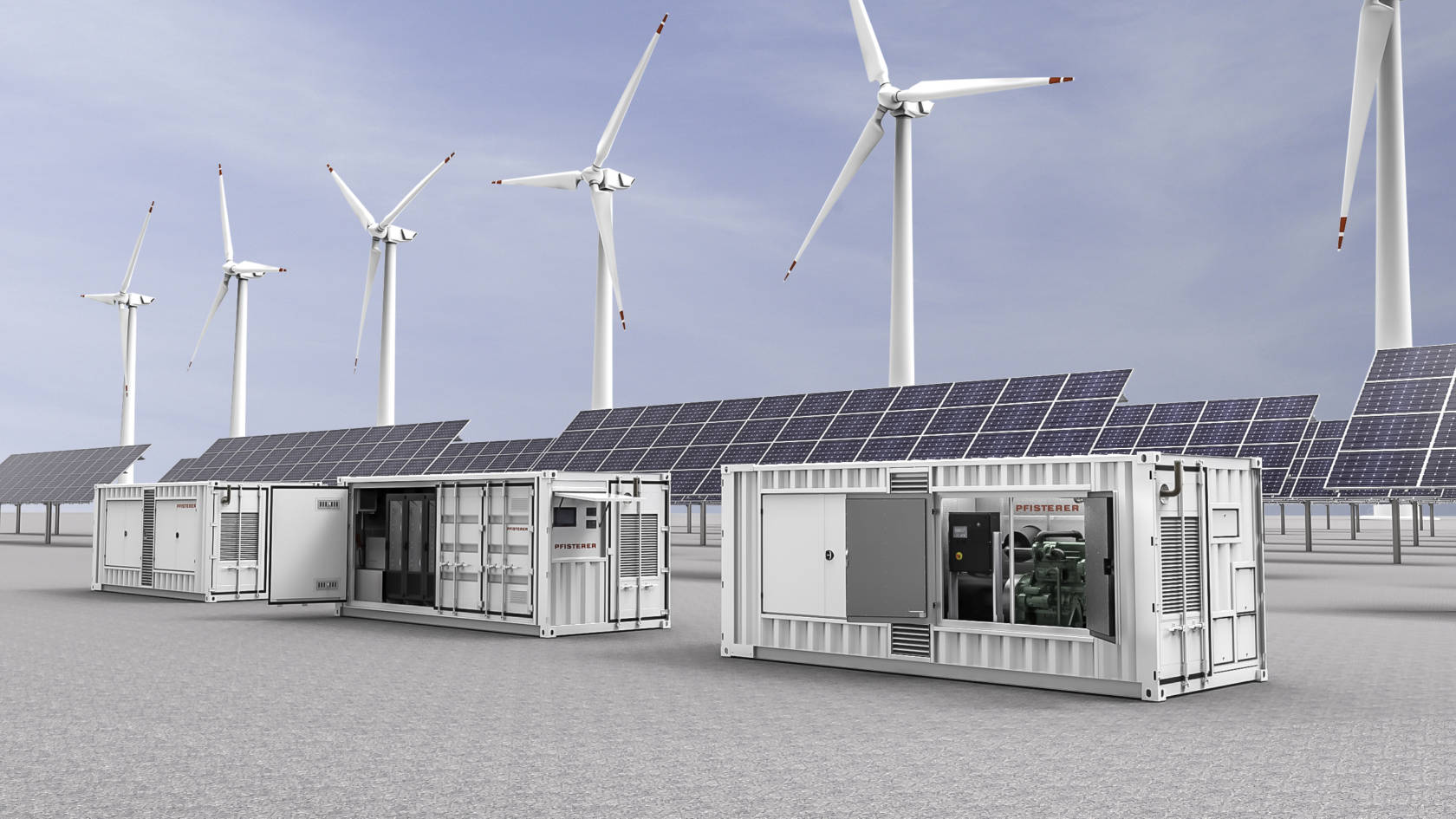
Before buying equipment for mining and installing a wind farm you need to perform some exploratory digging. First you need to study the characteristics of regional winds. To do this, you need special devices - anemometers. They are installed at 10 meters height above the ground to study the direction and speed of the wind at a given place for the next two-three years (!). With a little luck the map of the winds may already be compiled by the weather service. Although, this solution probably will not be suitable for home miners, as even a simple windmill requires to be installed on a hill or in combination with a mast. This is due to the fact that the wind speed increases proportionally to the height level.
There are restrictions for the installation of wind turbines in some countries. For example, in the EU, the noise level from working turbines should not exceed 45 dB during the day and 35 dB at night. Also, they should be located at least 300 meters away from residential buildings. That is why choosing an appropriate place for wind generators placement comes down to areas which are not involved in the economic activities, such as deserts, mountains, coasts etc. Additionally, there may be problems with the Internet, same as with solar panels.
For now, sources of free electricity can be considered more as an addition to the main resources. Although hydropower plants and nuclear power plants are stable and regular suppliers of electricity, it is not easy to connect to them directly. In turn, mining farms with panels and wind turbines are more environmentally friendly aggregators, which produce less harmful emissions into the environment. But they are not consistent and require additional investments.
It is difficult to apply very exotic methods of generating electricity to mining. For example, the energy of ebbs and flows. The most vivid example of this technology is the tidal generator in the Bay of Fundy (North America). The construction of a five-story building with a weight of about 1,000 tons generates 2 MW of electricity, which is enough for 500 households. The cost of such installation is sky-high and simply unaffordable for medium and large miners.
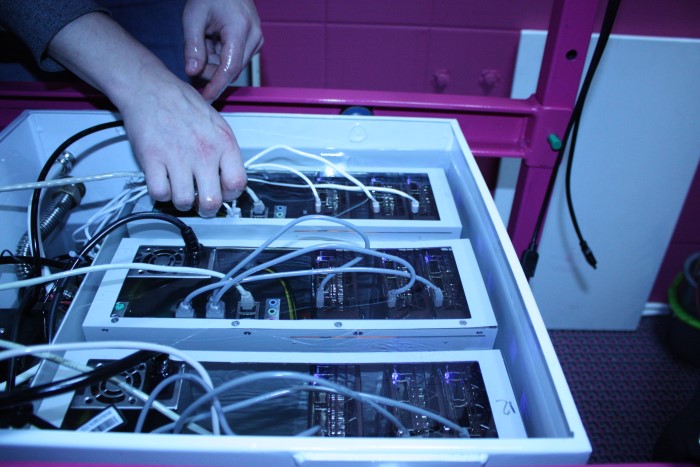
However, there are solutions that make the mining process environmentally friendly. One of them is immersion cooling. In this case, the equipment is submerged into dielectric heat transfer liquid. As a result, there is no need to pump significant air masses, organize engineering communications and air conditioning. Noise and dust disappear too. The only byproduct produced from mining equipment with immersion cooling is the heat. By the way, it can be directed to heating industrial premises and other needs. In fact, it becomes a closed system with minimal negative environmental impact. The coolant itself must be utilized only once in several years (which is quite an easy procedure). The rest components are made from durable materials that do not lose their quality over time.
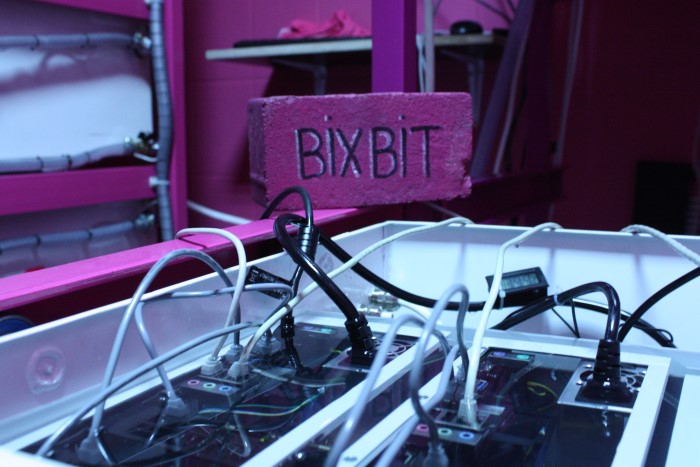
An example of such solution is the BiXBiT mining equipment. It is a single-phase modular and scalable installation based on immersion cooling, which provides option of smart heat utilization. If heat utilization is not required, or required partially, then heat excess is disposed into to the environment by the means of a dry cooling tower. The construction implies cooling the external circuit with running water as well. As for warm water, it can be used to fill the pool or to breed thermophilic fish.

Our solution is suitable for both small / medium and large scale mining farms. Since the installations are mobile and made in the form of a cell, rack or ISO container, they can be placed near to auxiliary sources of alternative energy. Our installations occupy a minimum of space and the density of accommodated devices is 2-3 times higher in comparison to similar installations based on air cooling.
Contact our managers to get information on our product and its capabilities!